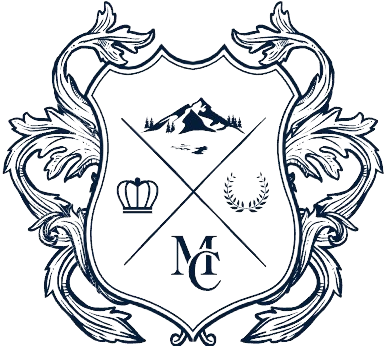The Renaissance, a period of profound cultural and artistic awakening in Europe, spanning from the 14th to the 17th century, marked a significant epoch in the history of textile artistry. This era, known for its emphasis on humanism, exploration, and innovation, witnessed a remarkable transformation in the world of textiles, one that would lay the foundations for modern fashion and fabric craftsmanship.
Revival and Innovation in Textile Production
The Renaissance era was characterized by a revival of classical learning and wisdom, which had a profound influence on textile production. Artisans and craftsmen, inspired by the renewed interest in ancient cultures, began to experiment with new techniques and designs, leading to significant advancements in textile manufacturing. This period saw the introduction of more sophisticated looms and weaving techniques, enabling the creation of more intricate and ornate fabrics.
The Influence of Global Trade
The expansion of global trade routes during the Renaissance played a crucial role in the evolution of textile artistry. The period was marked by increased interaction with the East, particularly through the Silk Road and maritime routes. This exposure to Eastern fabrics, including silk and cashmere, inspired European weavers and designers, leading to a fusion of Eastern and Western styles in textile design.
Luxury Textiles and Fashion
The Renaissance was also a time when luxury textiles became symbols of status and wealth. The European nobility and emerging merchant class sought after exotic fabrics, such as silk, velvet, and brocade, to display their wealth and sophistication. This demand for luxury textiles spurred innovation and creativity among European weavers and designers, who began to produce fabrics that were not only luxurious but also artistic masterpieces.
Artistic Expression in Textiles
Textile artistry during the Renaissance was not just about function; it was a form of artistic expression. Fabrics were adorned with elaborate patterns, vibrant colors, and intricate embroideries, reflecting the era's artistic trends. The integration of art into textiles is exemplified in the tapestries of the time, which were not only decorative but also storytelling mediums, depicting historical events, myths, and religious stories.
Technological Advancements
The Renaissance period was marked by significant technological advancements in textile production. The introduction of new dyeing techniques, the development of more efficient spinning wheels, and the invention of the fulling mill, which cleaned and thickened cloth, all contributed to a more sophisticated textile industry. These advancements not only improved the quality of fabrics but also increased production, making textiles more accessible.
The Legacy of Renaissance Textiles
The legacy of Renaissance textile artistry is profound. The period's innovations laid the groundwork for future developments in the textile industry. The artistic and technical skills developed during the Renaissance continued to influence textile design and production for centuries, setting the stage for the modern fashion and textile industry.
Conclusion
The Renaissance era was a pivotal time in the history of textile artistry, marked by a blend of innovation, artistic expression, and global influence. The advancements in textile production and design during this period not only transformed the industry but also left an enduring legacy that continues to influence the world of textiles and fashion.

